Christmas Island: Endless Flats in the Pacific
Fly fishing a Pacific atoll in the middle of nowhere.
Christmas Island–how I dream of going back…
Hands down, one of the most memorable fishing trips of my life. Day one set the tone. My buddy Jeff and I got dropped off with Pete, our guide, on what had to be the biggest damn flat I’ve ever laid eyes on–miles in every direction, like a salty desert.
Beautiful, but totally overwhelming.
Then came the rain. Within minutes I was alone, maybe half a mile from either Jeff or Pete, completely turned around. Visibility: zero. Direction: unclear. Confidence: rapidly deteriorating.
A few small sharks started circling my feet. At first, I panicked.
Then something weirdly peaceful happened. I just gave in to it. The total isolation, the endless horizon, the eerie calm.
Me, some curious sharks, a whole lot of shin-deep flat and a silence so loud it almost rang.
It was surreal.
Eventually the clouds cleared, the sun came back and I could get my bearings again. But for a minute there, I was wonderfully, wildly lost in the middle of the Pacific.
Gallery
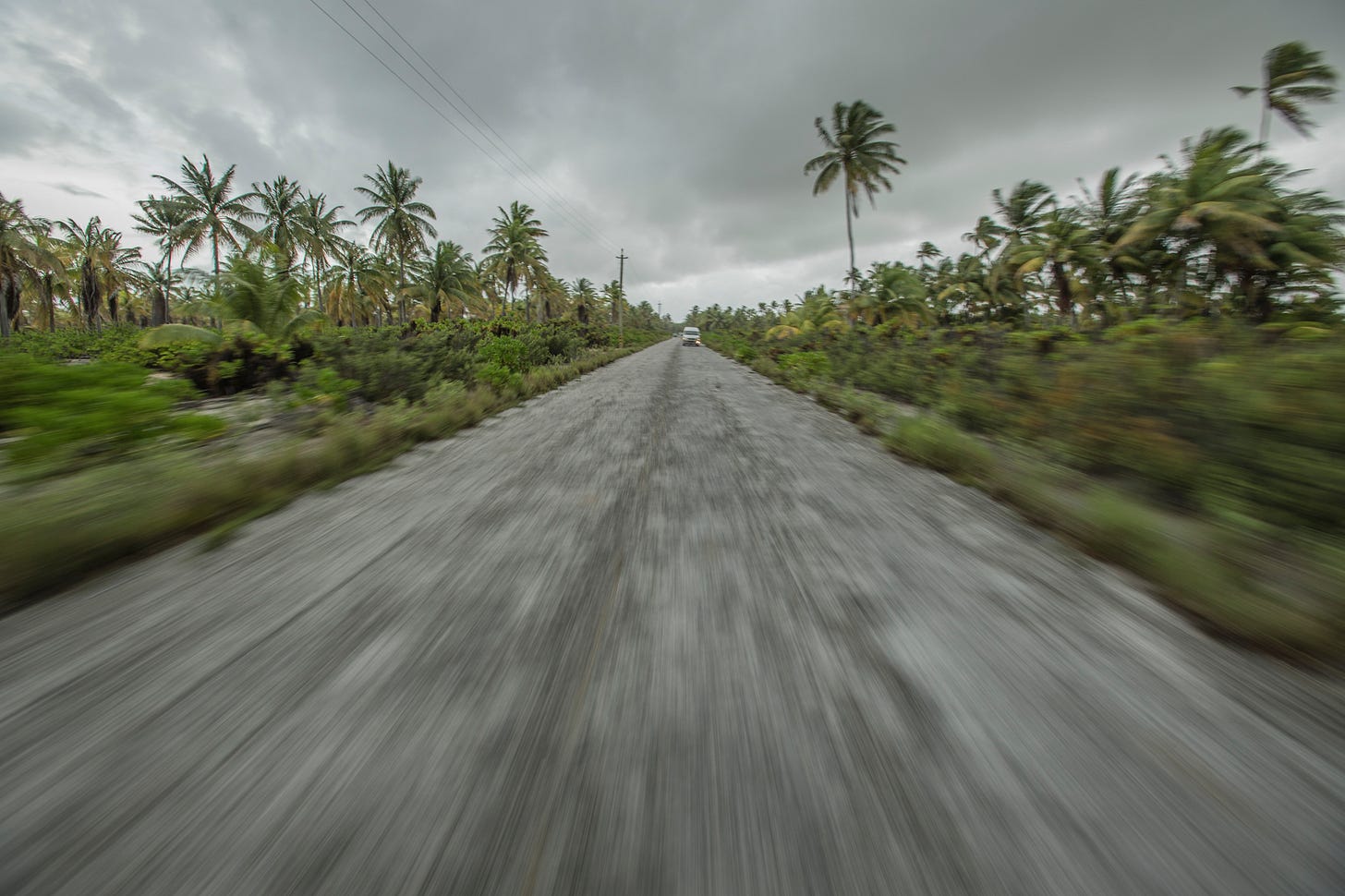
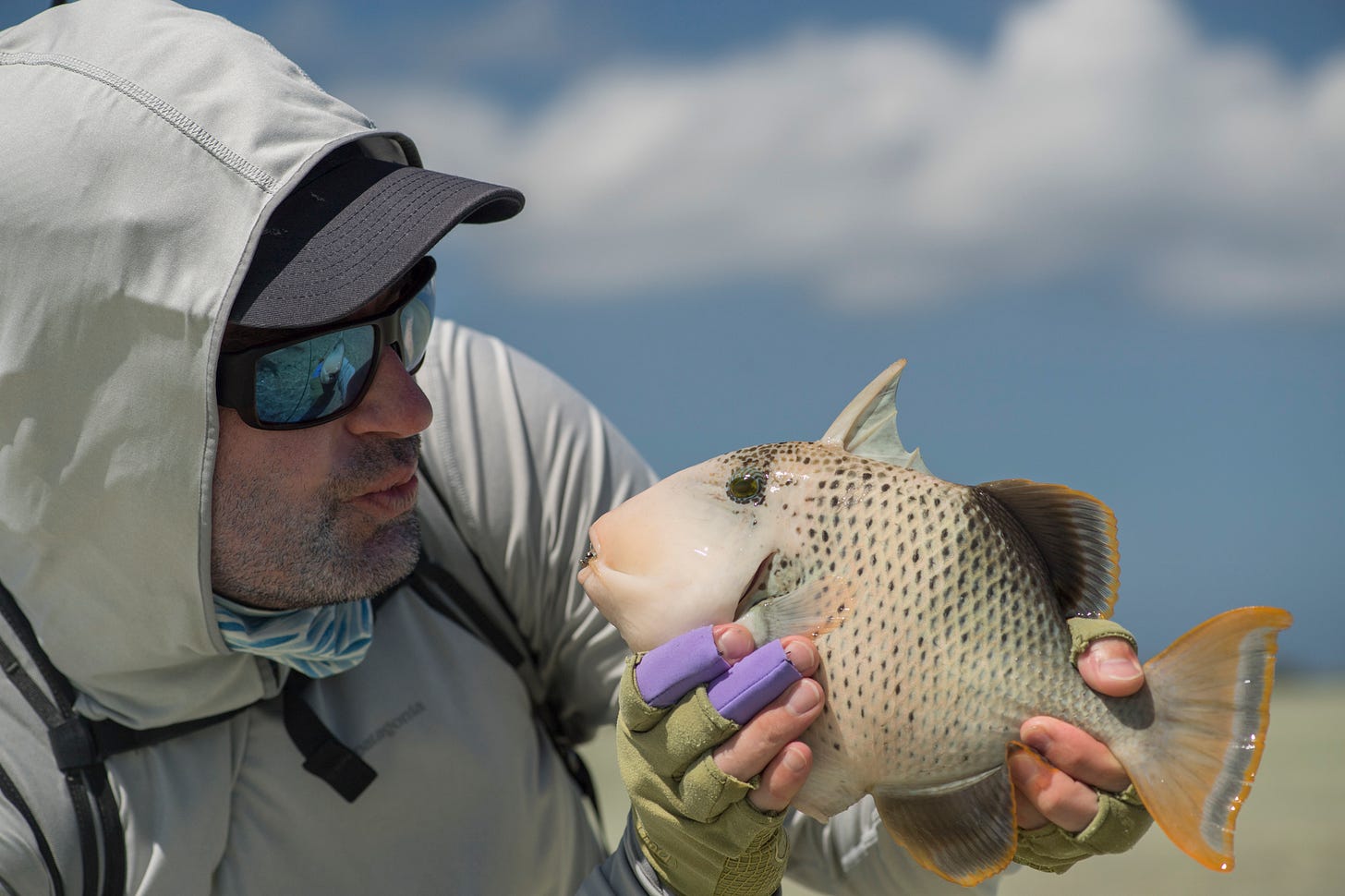
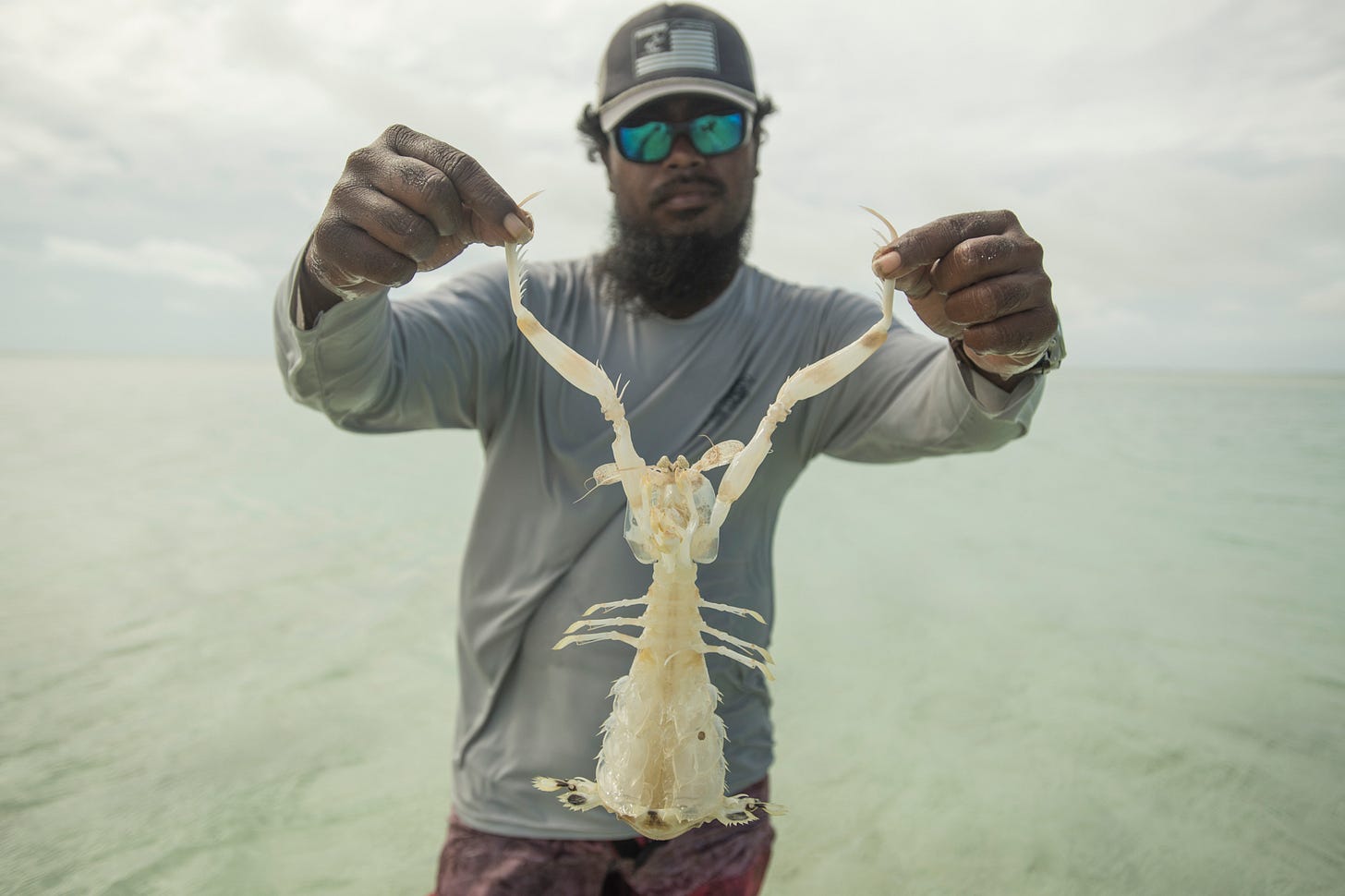
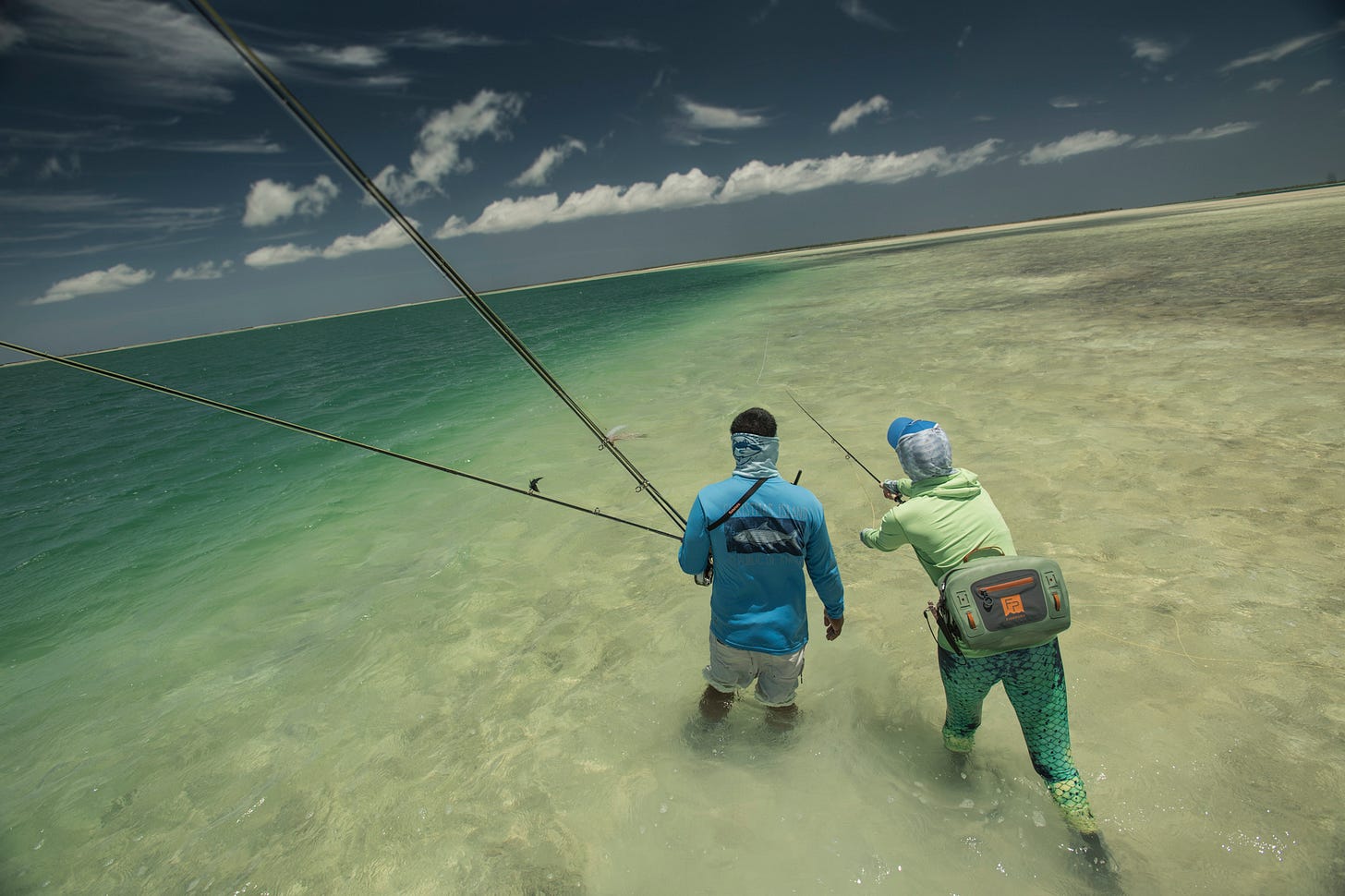
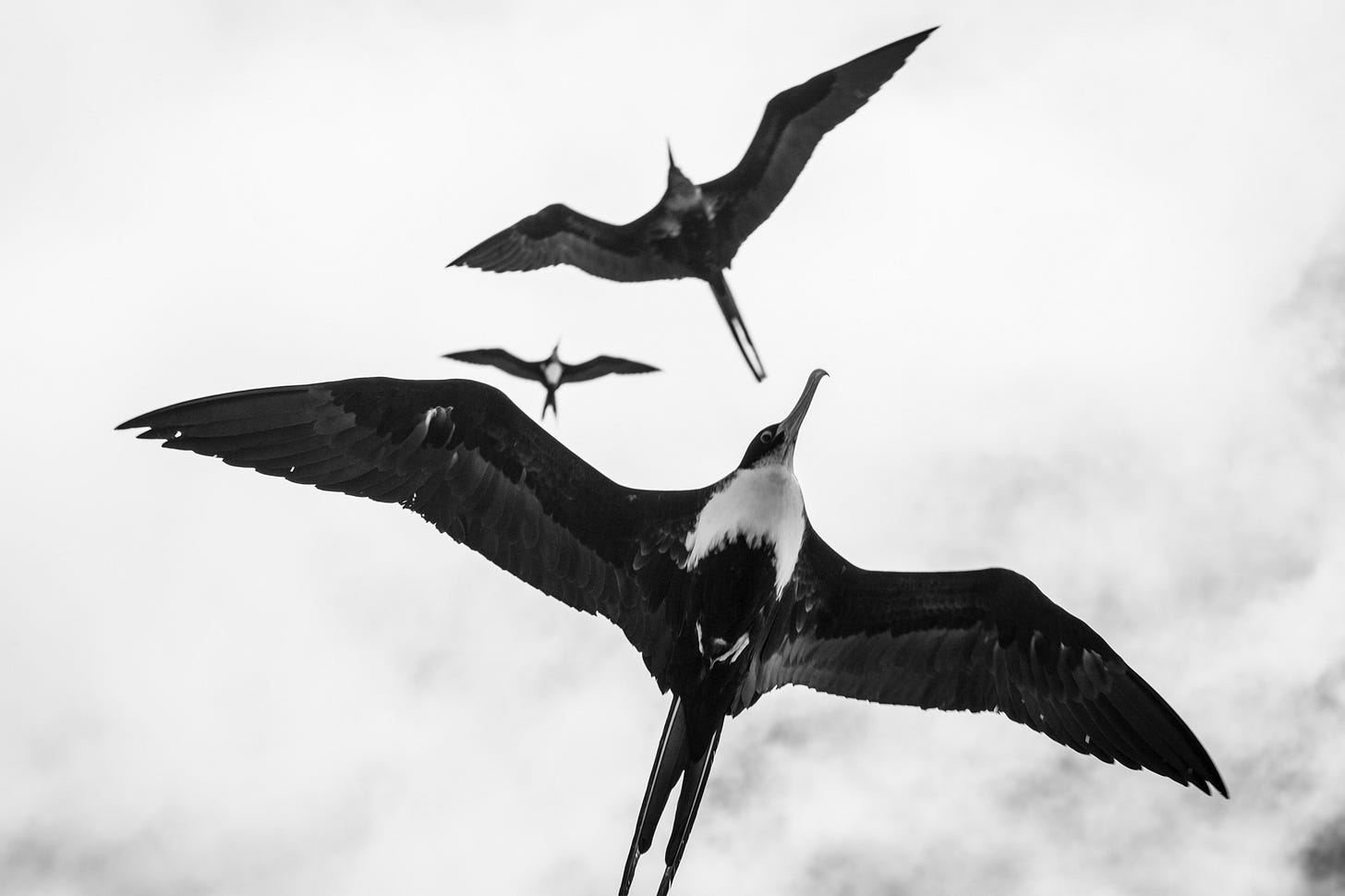
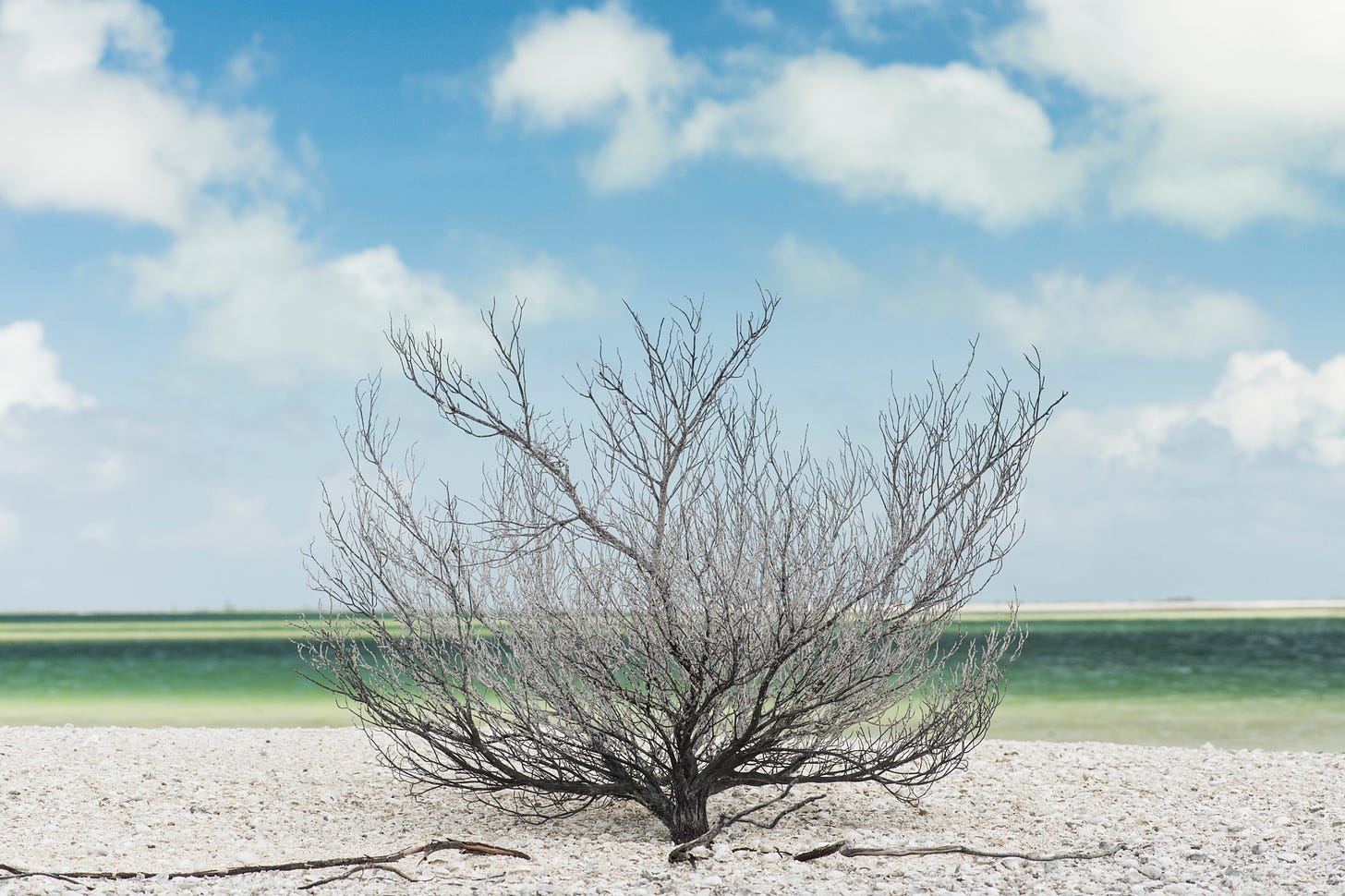
More About Kiritimati
Christmas Island, officially known as Kiritimati (pronounced “Ki-ris-mas” in the local Gilbertese language), is a remote Pacific Ocean atoll belonging to the Republic of Kiribati. It holds the distinction of being the largest coral atoll in the world by land area, encompassing approximately 150 square miles of land and an equally vast network of lagoons. Its sheer size and isolation contribute to a unique ecosystem, making it a critical nesting site for millions of seabirds, including several million Sooty Terns.
Discovered by Captain James Cook on Christmas Eve in 1777, the island has a rich history, serving as a strategic refueling stop during World War II and later as a base for British and American nuclear weapons tests in the 1950s and 60s. Today, it is valued for its marine and wildlife resources, with much of the island designated as a wildlife sanctuary.
Kiritimati is characterized by its flat landscape, with the highest points being coconut palms. The beaches are long and white, and the water is remarkably clear. It’s also known for its abundance of crabs, with crab holes dotting the entire island. The local I-Kiribati people are known for their friendliness. The island is extremely remote, with limited tourism infrastructure, offering a truly “off-the-grid” experience.
For the Fly Angler
Christmas Island is globally renowned as a premier destination for saltwater fly fishing, particularly for Bonefish and Giant Trevally. The vast, shallow, hard-bottomed sand and coral flats are perfect for wading, and the angling is consistent year-round due to its proximity to the equator, offering stable weather patterns.
Target Species
Bonefish: These are the primary draw and what put Christmas Island on the fly-fishing map. They are abundant and often willing to take a fly, providing ample opportunities for both novice and experienced anglers. They are known for their incredible speed and long runs.
Giant Trevally (GTs): These powerful apex predators are a major target for many anglers. They can be found cruising the flats, often in packs, and are known for their aggressive strikes and brutal fights. GTs range in size, with many around 30-40 pounds, but larger ones exceeding 100 pounds are always a possibility.
Other Trevallies: Anglers also can target Bluefin Trevally (known as “the protectors” for their territorial nature) and Golden Trevally, which are often found on the flats and respond well to Puglisi flies and surface Seducers.
Triggerfish: Known for their distinctive shapes and often vibrant colors, triggerfish can be a challenging but rewarding target on the flats.
Places To Stay If You Go
Stay and fish with the incredible guides at Ikari House Lodge.
Booking information through Yellow Dog Flyfishing: Ikari House
Yellow Dog also has a few other lodging options: Christmas Island Fly-Fishing Lodges














